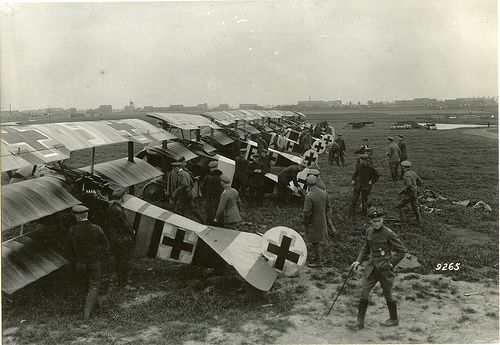Founded in 1912 by the Dutch aviator and industrialist Anthony Fokker, the Fokker company was one of the most influential forces in the history of military aircraft thanks to the planes it produced for Germany during the First World War. After the war, the company moved to the Netherlands and largely turned to civil aviation during the inter-war years, but kept a hand in the military market.
Fokker planes scored some successes during the early battles of the Second World War. When the Germans invaded Holland, the Fokker factories were confiscated and turned over to producing German planes before being smashed by Allied bombing. As a result, the company was unable to continue warplane development during the war as others were.
Though Fokker rebuilt after the war, it did so by specializing in civilian aircraft and licensed designs, before going bankrupt in 1996. It never returned to the position of influence it held in the years of 1914 to 1918, but it had left a legacy of fighters that shaped the face of war.
Eindecker
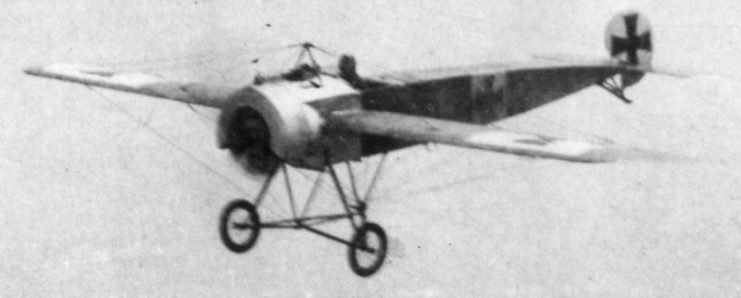
Though Anthony Fokker himself was Dutch, his company was based in Germany when the First World War broke out. He did not let the Germans’ invasion of his home country stand in the way of good business, and so produced planes for the Germans.
First flown in 1913, the Fokker E or Eindecker was a monoplane – a relatively unusual style for the First World War, when limitations in materials and design meant that biplanes were generally considered to be more reliable and maneuverable. It had a maximum speed of 87mph and a flight ceiling of 11,480ft. The Eindecker itself would have been an unremarkable plane if not for one crucial addition made early in the war.
In 1915, Fokker developed the first effective interrupter gear for a plane-mounted machine-gun. This allowed the weapon to be mounted behind the propeller, letting the pilot aim it simply by directing his plane at the target. It was a ground-breaking innovation, and it was first mounted on the Eindecker.
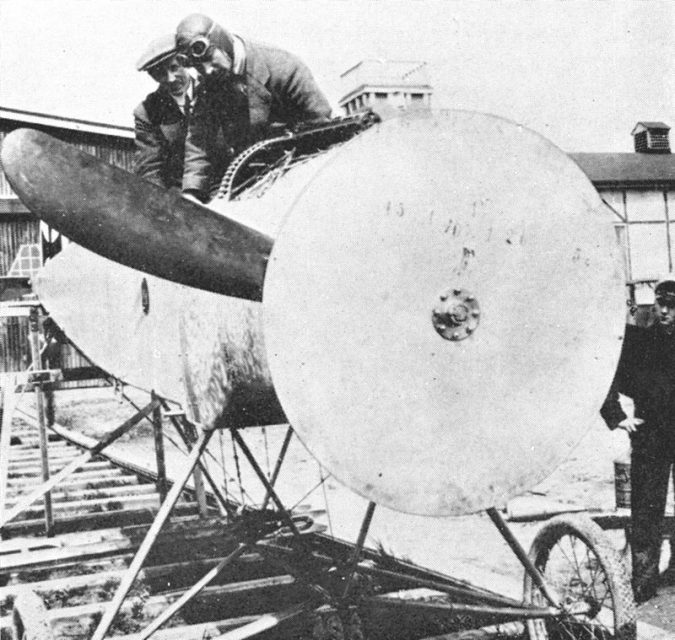
These were the early days of fighter combat when any significant step could bring a massive advantage. Thanks to their interrupter gear, Eindecker pilots dominated the skies over the Western Front. From August 1915, the “Fokker scourge” devastated the Allied air forces. Though there were only 100 Eindeckers on the Western Front by the end of the year, they are believed to have shot down around 1,000 enemy aircraft. On the Eastern Front, just two of these planes held off the Imperial Russian Air Service.
From the seat of their Eindekkers, such remarkable aces as Max Immelmann and Oswald Boelcke developed the fundamentals of fighter combat, creating an advantage in skill and tactics that the Germans would retain for much of the war.
Dr.I Triplane
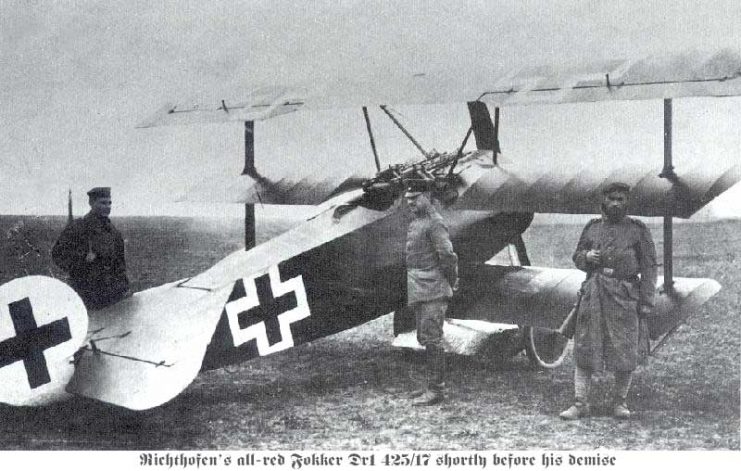
During 1916, the Allies brought out improved planes of their own, and perhaps most crucially, equipped with interrupter gear. Various German planes were brought in to counter them, and the Eindecker left service.
The next notable Fokker innovation was the Dr.I Triplane. Rushed into production to counter the British Sopwith Triplane, it was first flown in June 1917 and reached units on the front only four months later.
Its three pairs of wings gave the Fokker both advantages and disadvantages. On the downside, the drag from the extra wings made it slower than most of the planes then fighting in the skies, which were predominantly biplanes. On the other hand, it was exceptionally maneuverable, giving it a huge advantage in the whirling melee of dogfights.
The Dr.I was very popular with German fighter pilots, and several of the greatest aces of the war flew it. Manfred von Richthofen, the dreaded and celebrated Red Baron, was among its famous fans.
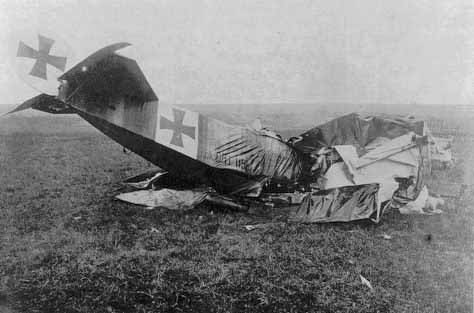
Unfortunately, the Dr.I proved to have a significant defect. A flaw in the way the wings were built meant that they sometimes fell apart during sharp dives. This led to the deaths of several pilots as their planes crashed. The Dr.I was withdrawn from service while the problem was fixed, though Fokker went out of his way to provide Richthofen with an improved, more sturdy version – the plane he was flying when he was killed in April 1918.
By the end of the war, rebuilt Dr.Is had been out-classed by other planes and so were withdrawn to an air defense role over Germany.
D. VII
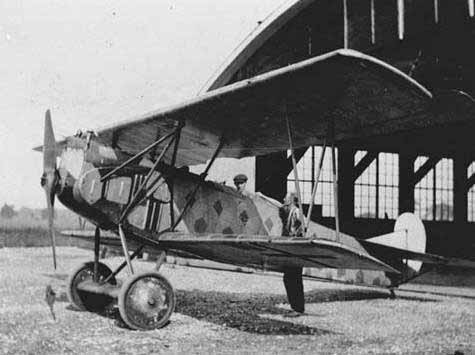
The next plane off the Fokker assembly lines was the most famous of the war – the D. VII. This was a fighting scout biplane with two forward-firing machine-guns and a maximum speed of 124mph. With its powerful engine and responsive controls, it was extremely popular with its pilots.
The first test flight of the D. VII took place in January 1918, with Richthofen at the controls. By the time the plane reached Richthofen’s elite unit in April, the Red Baron himself was dead, but his men, now led by Hermann Goering, took to the new planes with enthusiasm. They out-matched almost anything the Allies could throw at them.
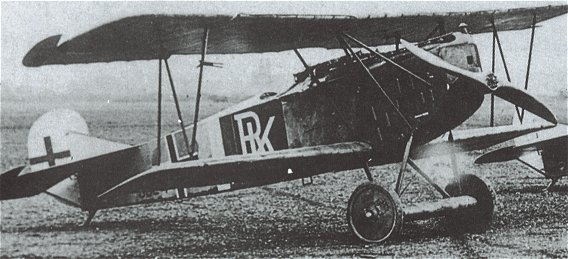
By the end of the war, around 1,000 D. VIIs had been made. They were so dreaded by the Allies that they were specifically mentioned among the equipment to be handed over under the terms of the armistice.
After the war, Fokker smuggled disassembled D. VIIs to Holland. He began manufacturing them again, and they became a feature of several European air forces.
D. XXI
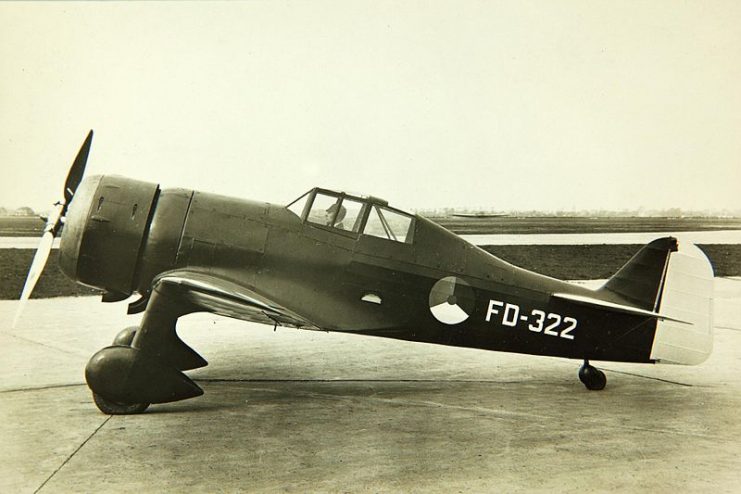
The last of the company’s own significant fighters was the D. XXI. First flown in 1936, it entered service in 1938, becoming the standard fighter of the Dutch, Danish, and Finnish air forces.
Both Dutch and Danish pilots flew D. XXIs during their countries’ invasions by Germany in 1940. Though the odds were severely against them, Dutch pilots flew until their ammunition ran out, destroying 37 Junkers 52 transport planes on the morning of the 10th of May alone.
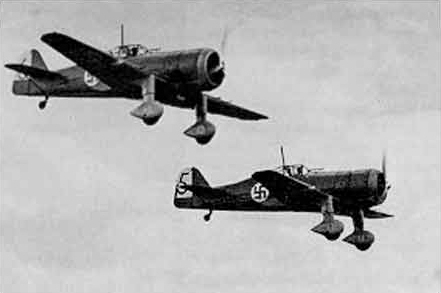
Thanks to its licensing to the Finns, the D. XXI also featured on the other side of the war, being used in Finland’s fight against the Russians alongside Germany.
The great days of Fokker fighters may have been over, but they had left their mark in the history books.
Source:
Francis Crosby (2010), The Complete Guide to Fighters & Bombers of the World.
